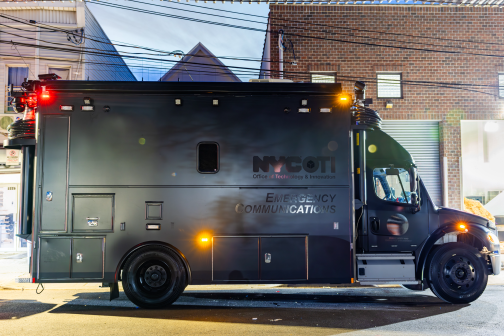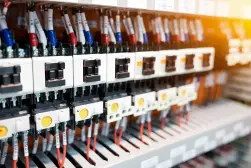South Dakota moving toward next-gen 911
South Dakota is poised to launch its Next Generation 911 system later this year, aimed at providing enhanced emergency communications across the state using a variety of new technologies.
Among other features, the system will allow residents in an emergency to easily upload photos and videos that emergency responders can use to assess the situation before they arrive and ultimately provide better service to citizens.
“Cellphones and other wireless communication devices have made it necessary to implement Next Generation 911 technology,” Shawnie Rechtenbaugh, Department of Public Safety State 911 coordinator, said in a statement. “The NG911 system will take us into the 21st century and allow 911 capabilities to evolve with the constantly changing communications technologies.”
Rechtenbaugh said the biggest upgrade in the system will be its infrastructure. The state is contracting with SDN Communications to provide a majority of the network throughout the state, which is the 17th largest in the country based on total area, but only ranks 46th in population, much of which is spread throughout the state, living in locations that often lack strong connectivity.
“The new network will interconnect 911 centers in ways that greatly improve interoperability and the routing of emergency calls,” Rechtenbaugh said. “The new 911 system will be built with backups, making 911 services less prone to outages and failures” that are common in the upper Midwest due to weather.
Along with sending photos and videos to responders, residents in the state will also be able to send emergency messages via text once the system is fully operational. Rechtenbaugh also said that the state has signed a contract with Minnesota-based GeoComm to build a foundational geographic information system, or GIS, for the service that will replace the current 911 addressing system by providing geo-spatial routing in its place.
“The GeoComm contract will produce the state-wide GIS layers needed to support spatial call routing within the South Dakota Next Generation 911 system,” Ted Rufledt Jr., chairperson of the S.D. 911 Coordination Board, said in a statement. “The GIS project is now underway.”
The state was able to do this project thanks to a $.50 surcharge fee it charged subscribers per telephone line that the state Legislature passed in 2012.
The idea of a next-generation 911 system dates back to 2000, but it’s only been in the last handful of years that it’s become a reality. The federal Transportation Department along with the Canadian Radio-television and Telecommunications Commission have been leading the initiative in the two countries.
Several states, such as Connecticut and Kansas, have already enacted systems or are in the processing of updating to the new technology.






